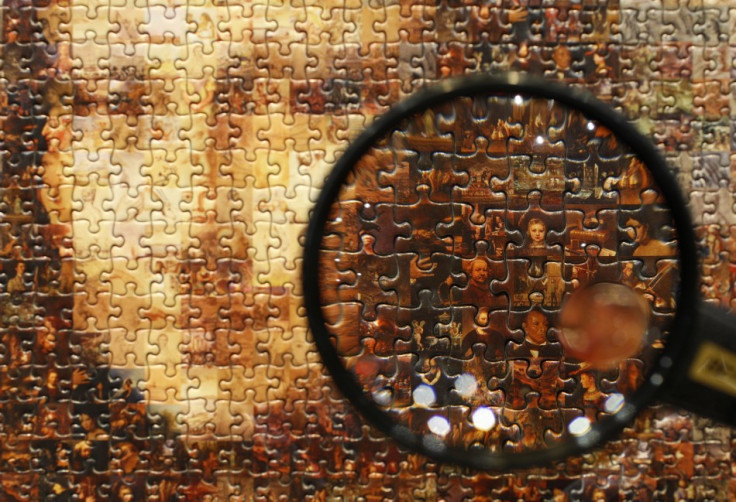Researchers successful in printing microscopic version of Mona Lisa

In a major breakthrough in nanotechnology, scientists at the Technical University of Denmark have managed to print high resolution pictures in microscopic dimensions, without compromising the quality of the image.
Researchers at DTU Nanotech and Fotonik have used this technology to successfully print a microscopic version of the Mona Lisa. The miniature image is in colour and is said to fit into an area that is less than one pixel on an iPhone retina display screen.
Magazines are generally printed in a resolution tantamount to 300 dpi. However, the microscopic image of the Mona Lisa printed, allowed for a whopping 127,000 dpi resolution. Given the complexity of printing images in such a microscopic scale, researchers are bound to follow complex procedures and use material designed specifically for this purpose.
One of the structures used to print microscopic images is a specially designed nano-scale structured surface which has rows of nano-columns. When a laser beam is passed through these nano-columns, the structure becomes heated locally, often to temperatures as high as 1,500 centigrade.
The heat, however, is prevented from spreading since it lasts only a few nano-seconds. It is this heat that reflects the light from the image and provides it with hues of blue and purple.
Explaining the importance of structural and procedural accuracy, professor N Asger Mortensen from DTU Fotonik said, "Every time you make a slight change to the column geometry, you change the way it absorbs light. The light which is not absorbed is the colour that our eyes see. If the column absorbs all the blue light, for example, the red light will remain, making the surface appear red."
The researchers also believe that the practical applications of this technology can be far reaching. Professor Anders Kristensen from DTU Nanotech explained, "It will be possible to save data invisible to the naked eye. This includes serial numbers or bar codes of products and other information. The technology can also be used to combat fraud and forgery, as the products will be labelled in way that makes them very difficult to reproduce. It will be easier to determine whether the product is an original or a copy."
DTU researchers have patented the technology and are now working on developing it further, such that it soon replaces current laser printers in offices and homes.
© Copyright IBTimes 2025. All rights reserved.






















